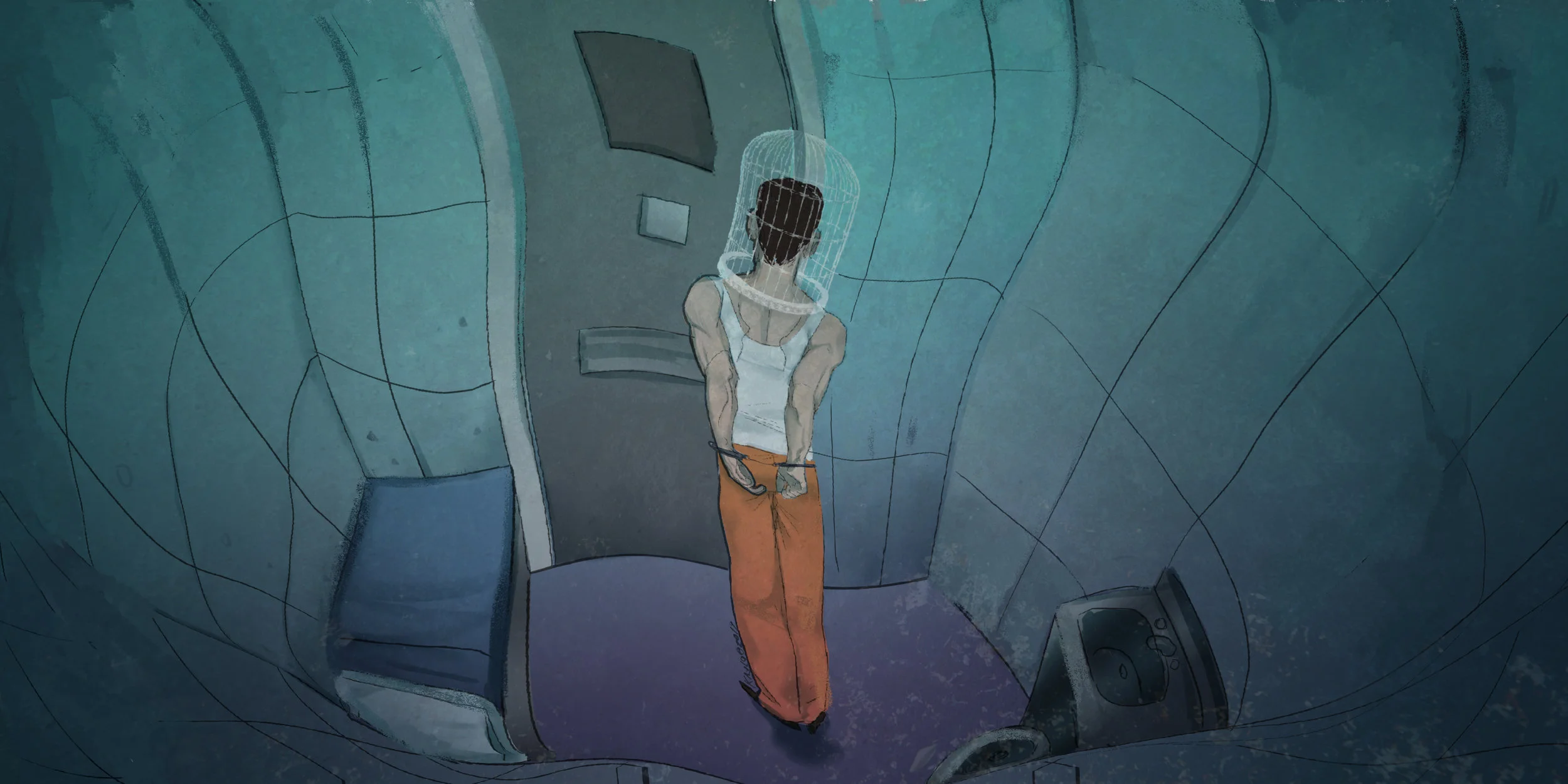Art & Popular Culture
If you have a pitch for an article about the intersection of science and art or popular culture, contact the editors at artcult@lateralmag.com.
The Under the Coverslip competition pulls back the curtain on some of the beautiful and colour-splendid sights that can be found only by staring down the lens of the microscope.
Perfection: In an age of technological precision, the latest exhibition by Science Gallery Melbourne questions how exact we want our world to be.
There have long been established guidelines for discussing suicide in the news media. But how can artists navigate this difficult topic without compromising their truth?
All of our experiences are mapped out by our brains, from fond holiday memories to our worst trips to the dentist. But when it comes to the stories we consume, there are special connections at play.
Andrew Katsis never expected that a lone tweet would send him on a 13,000km journey to meet science communicator Bill Nye.
Mental illness is often portrayed as a villainous quality in popular culture and the mass media. Is this a problem, or just a bit of harmless fun?
Humans make a lot of noise when they are out on the seven seas. An interactive exhibition showed us just how damaging this is to our deep sea friends.
What makes blood so controversial yet alluring? Artists explore this in-depth within BLOOD: Attract and Repel, the first exhibition of the new Science Gallery Melbourne
Many people claim to have seen something supernatural. Are there rational explanations for these reports, or are we just watching too much TV?
Human-like aliens have been a staple of sci-fi cinema for over a century. Are modern films breaking the stereotype, and could they prepare us for a real-life first encounter?
The notion that the skies hold some kind of divine meaning is one that humans have held for centuries. What is it about astrology that still holds such fascination today, in an age where science reigns supreme?
The relationship between humans and music has been changing with every new invention. Music is now more readily available than ever, and the way we listen is rapidly evolving.
Art has always been key to increasing the public’s engagement with science, and NASA’s James Webb Space Telescope project is utilising the help of artists to reach out to the masses.
The nostalgic community of retro gamers has kept the video gaming industry alive since the early 1970s. With each generation creating new memories, video games and nostalgia go hand in hand.
The love heart is one of the most universally recognised symbols. While often used today, its origins are ancient and embedded in science and culture.
The future of sex is designed, digitised, fetishised and controversial — and it might not fit in your bedside table drawer.
Art created by robots may do some weird and wonderful things, but how does it challenge the human definition of artistic expression?
Whether it’s forgetting feathers on dinosaurs, misconceptions about phases of the Moon, or growing resistance to antibiotics, sometimes false facts stick better than real ones.
Traversing the high seas has long been seen as a metaphor for exploring the space beyond Earth, especially in science fiction.
The ocean’s depths have fascinated humans for centuries. Recently, singers and artists have harnessed this fascination to create art that both aids and overcomes the power of the ocean.
21 years on, the Pokémon franchise is still capturing the world’s attention. A breakthrough into augmented reality gaming, the latest addition is a worldwide phenomenon with a history behind it.
Science fiction is known for bending the rules — and the laws of time are no different. But sometimes there is more science in the fiction than one might think.
Researchers are exploring how dance can give sufferers of both mental and physical illness a new way to express themselves and retake control of their lives.
Psychoactive drugs have a history of influencing some of the world’s greatest writers, artists and musicians. Both the high and the art we create from this experience is unique to each person, and can be as much of a hindrance as a help.
From a young age, most of us are encouraged to read fiction. Researchers are now finding that reading literary works can alter the development of our brains and help us gain a sense of empathy.
With Ursula K. Le Guin challenging the gender binary as early as the 1960s, speculative fiction has been pushing society’s boundaries in a way no other genre has been free to do so.
Gripping the edge of your seat during a scary film? By understanding the physiology of fear, there’s a multitude of ways that filmmakers can give us a good scare.
The relationship between ancient theatre and video games is stronger than you may think — technology has always enhanced our ability to tell stories.
Science and art can work well together, especially through the actions of a talented artist like Lisa Roberts, who blends data with visual media to explore the living world.



























































































Humans have long imagined islands populated by bizarre and dangerous monsters. This unsettling speculation has been a vital part of how we came to understand the unknown.